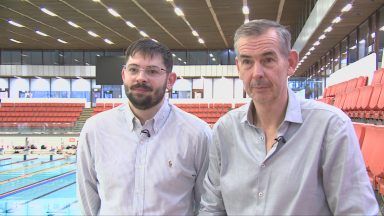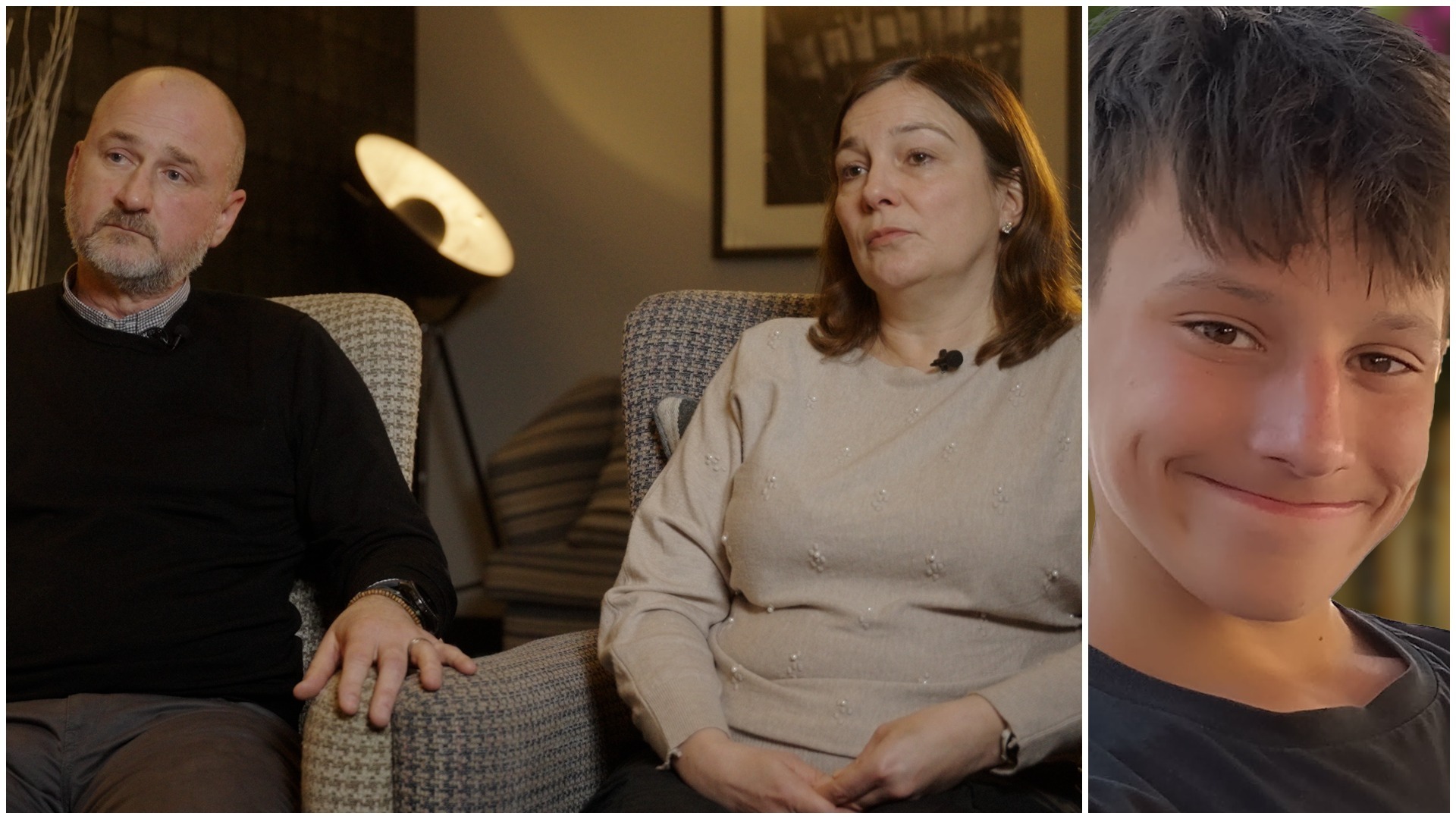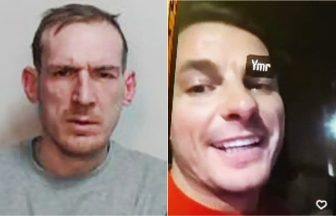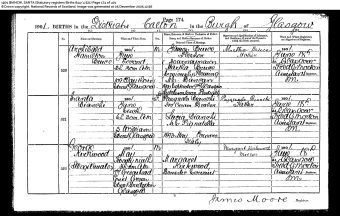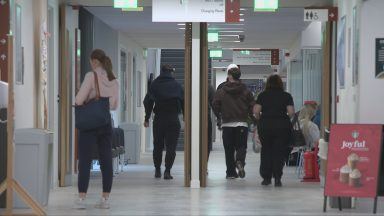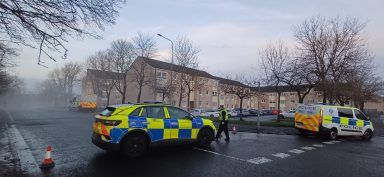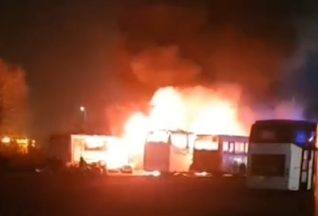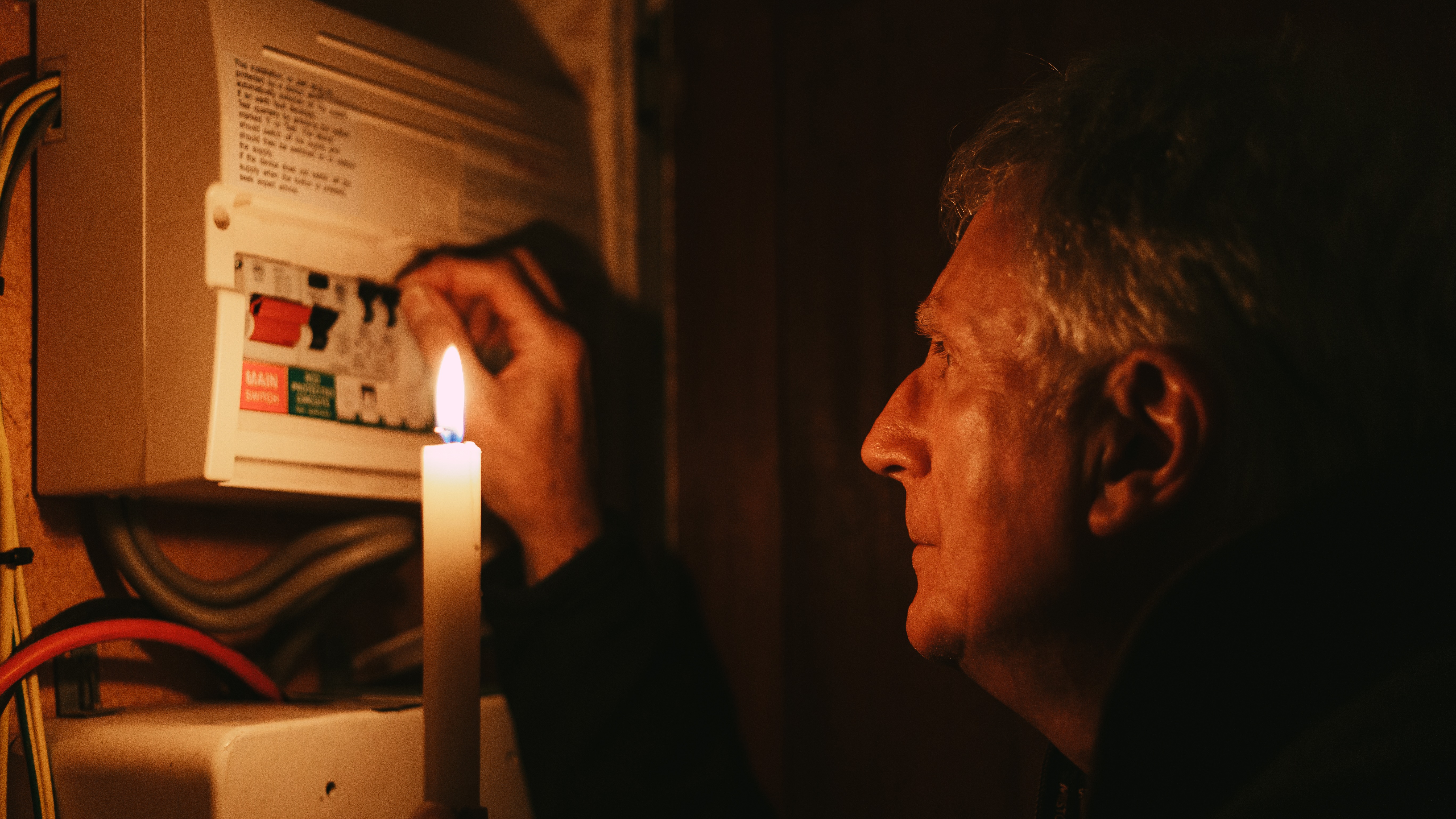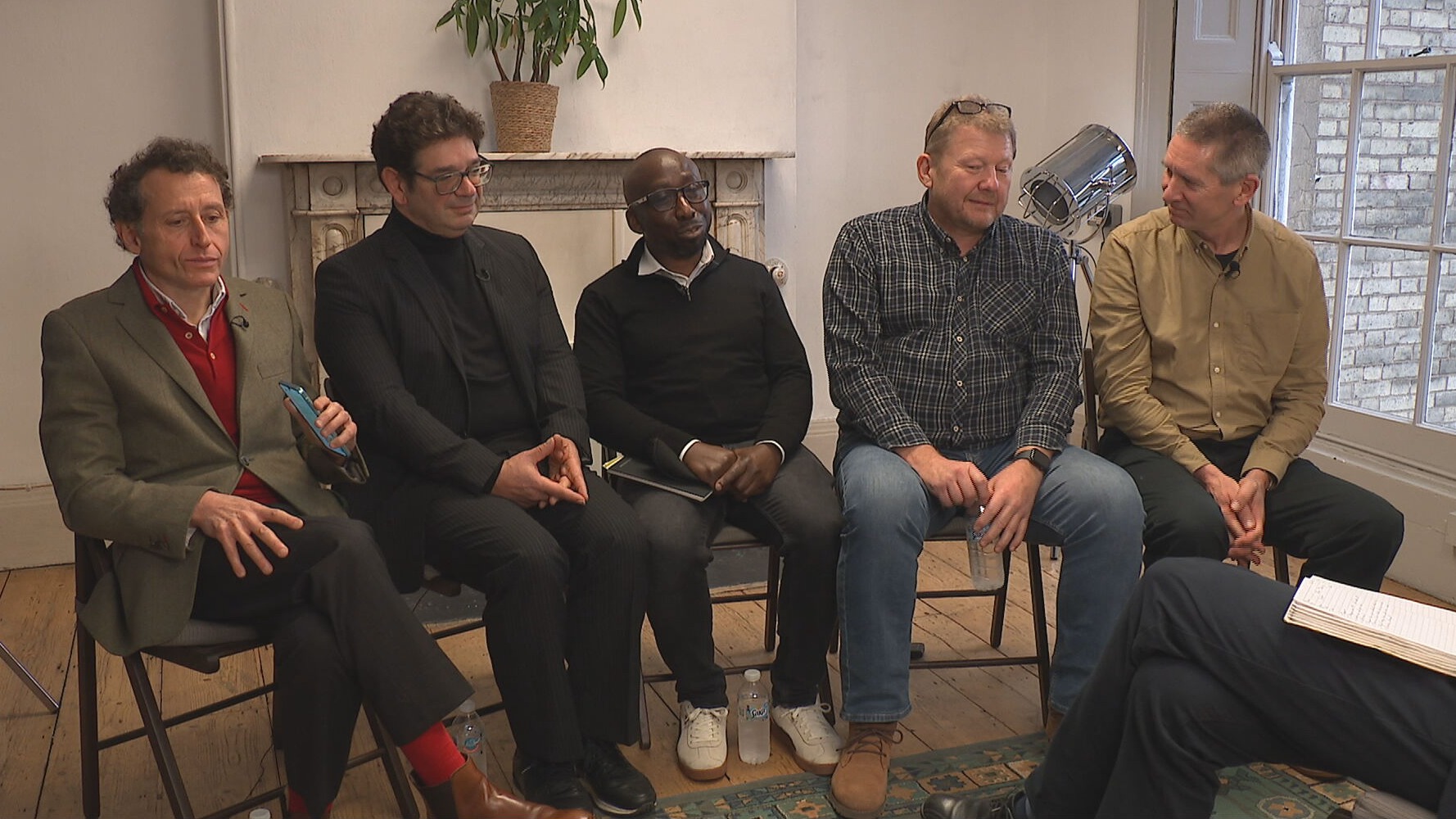Six people have been rescued from a collapsed building in Turkey after spending 101 hours beneath the rubble following a deadly earthquake, rescue workers in Iskenderun have said.
The six people, all relatives, were helped to survive by huddling together in a small pocket left within the collapsed structure in Hatay province, a search and rescue worker said.
The building, a high-rise apartment block, stands only 600 feet from the Mediterranean Sea. The massive earthquake which struck on Monday caused water from the sea to rise into the city centre of Iskenderun, and streets were flooded to within feet of the building.
Emergency crews made a series of dramatic rescues in Turkey on Friday, pulling several people, some almost unscathed, from the rubble, four days after the catastrophic earthquake killed more than 21,000 people.
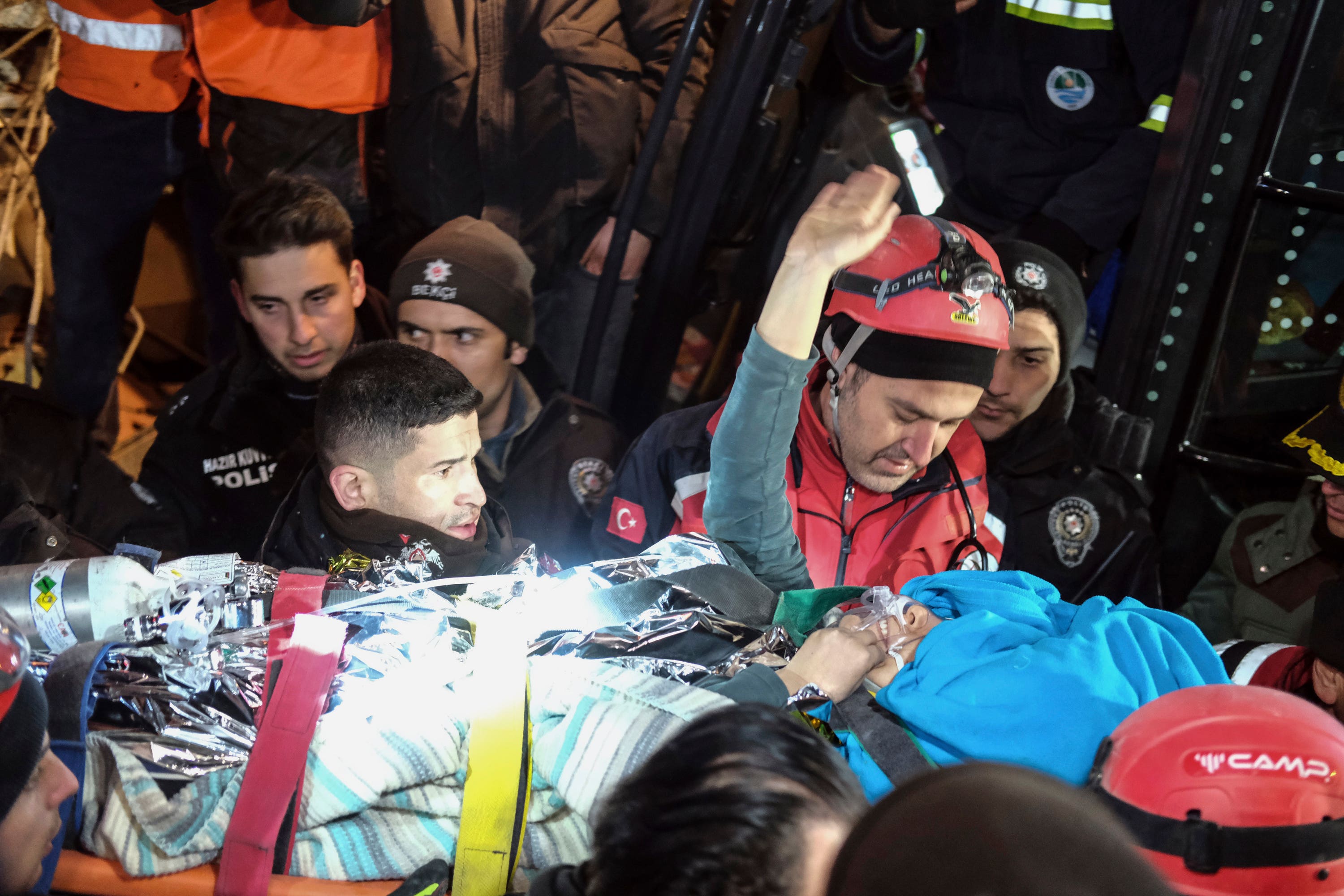 PA Media
PA MediaEarlier, a teenager was pulled largely unscathed from beneath the rubble of a collapsed building in the Turkish city of Gaziantep – but the chances of finding many more survivors four days after a catastrophic earthquake killed tens of thousands are shrinking fast.
The 7.8 magnitude earthquake hit the border region between Turkey and Syria, an area with a population of 13.5 million.
Bodies lay wrapped in blankets, rugs and tarpaulins in the streets of some cities, with morgues and cemeteries overwhelmed.
Turkey’s disaster management agency said 18,342 people had been confirmed killed in the disaster so far in Turkey, with nearly 75,000 injured. No figures have been released on how many have been left homeless, but the agency said more than 75,000 survivors have been evacuated to other provinces.
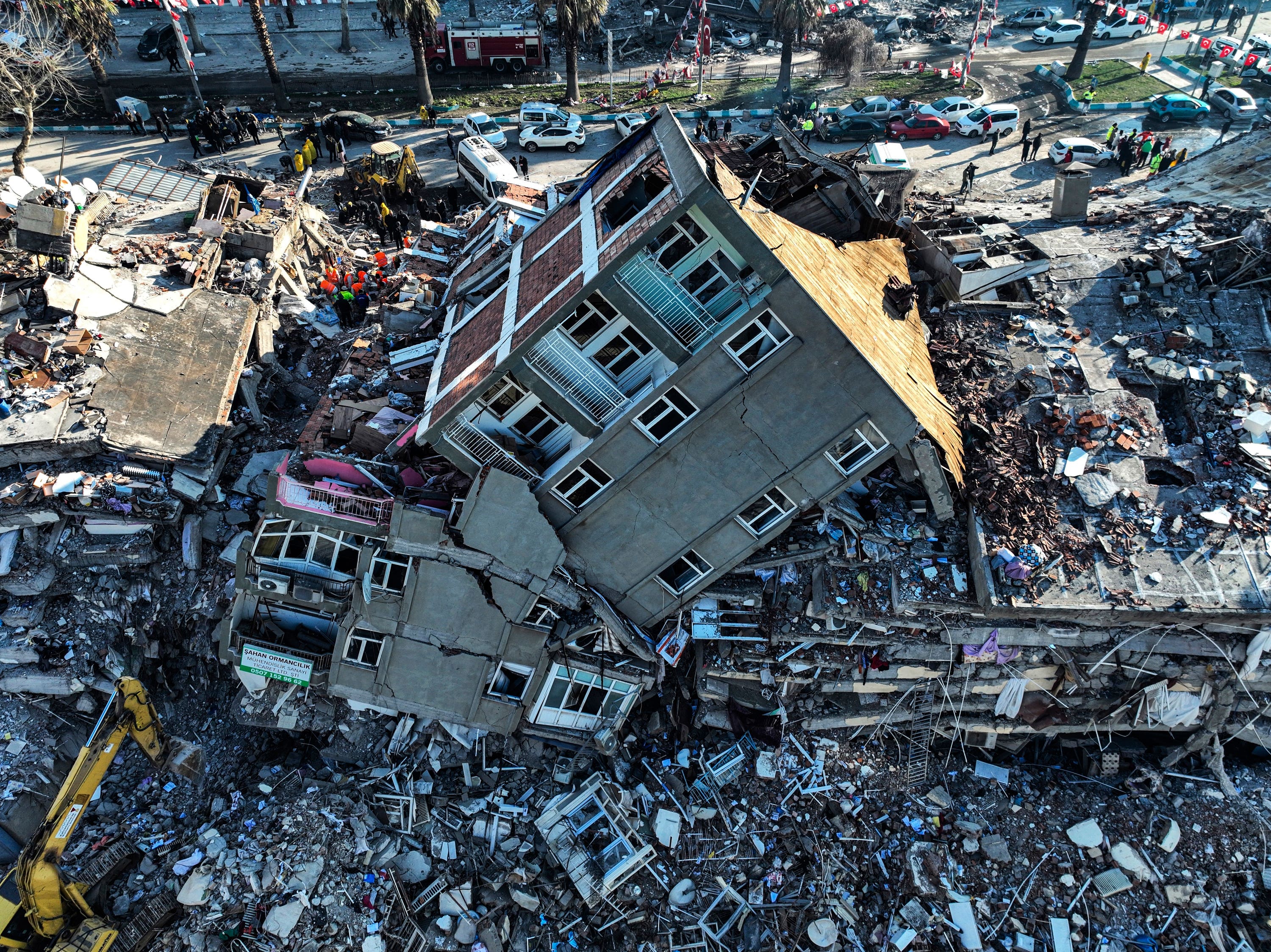 PA Media
PA MediaMore than 3,300 have been confirmed killed on the other side of the border in war-torn Syria, bringing the total number of dead to more than 21,600.
Engineers suggested that the scale of the devastation is partly explained by lax enforcement of building codes, which some have warned for years would make them vulnerable to earthquakes.
The problem has been largely ignored, experts said, because addressing it would be expensive, unpopular and restrain a key engine of the country’s economic growth.
Before dawn in Gaziantep, near the epicentre of the quake, rescuers pulled Adnan Muhammed Korkut from the basement where had been trapped since the tremor struck on Monday.
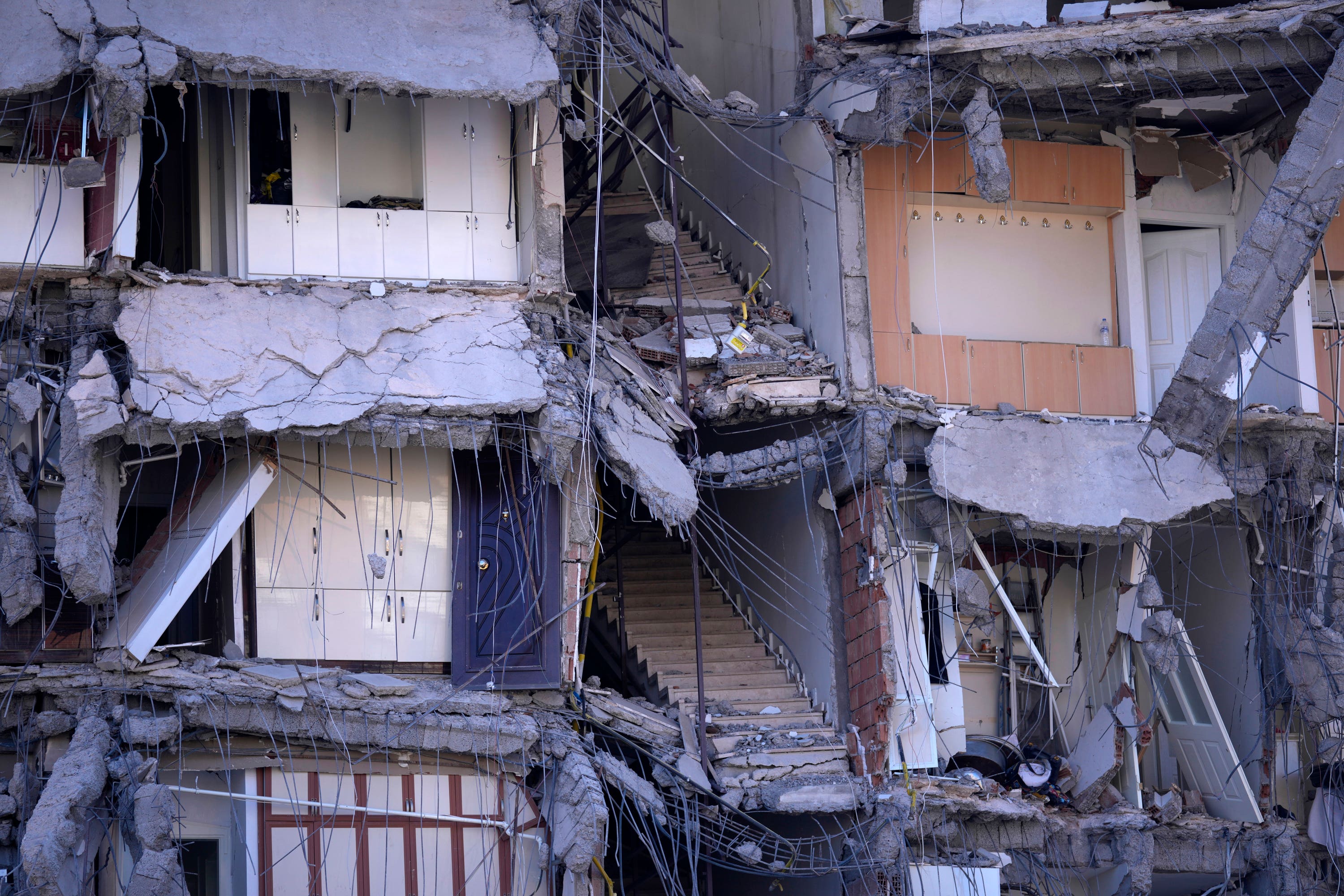 PA Media
PA MediaThe 17-year-old beamed a smile at the crowd of friends and relatives who cried tears of joy as he was carried out and put onto a stretcher.
“Thank God you arrived,” he said, embracing his mother and others who leaned down to kiss and hug him as he was being loaded into an ambulance. “Thank you everyone.”
Trapped for 94 hours, but not crushed, the teenager said he had been forced to drink his own urine to slake his thirst.
“I was able to survive that way,” he said.
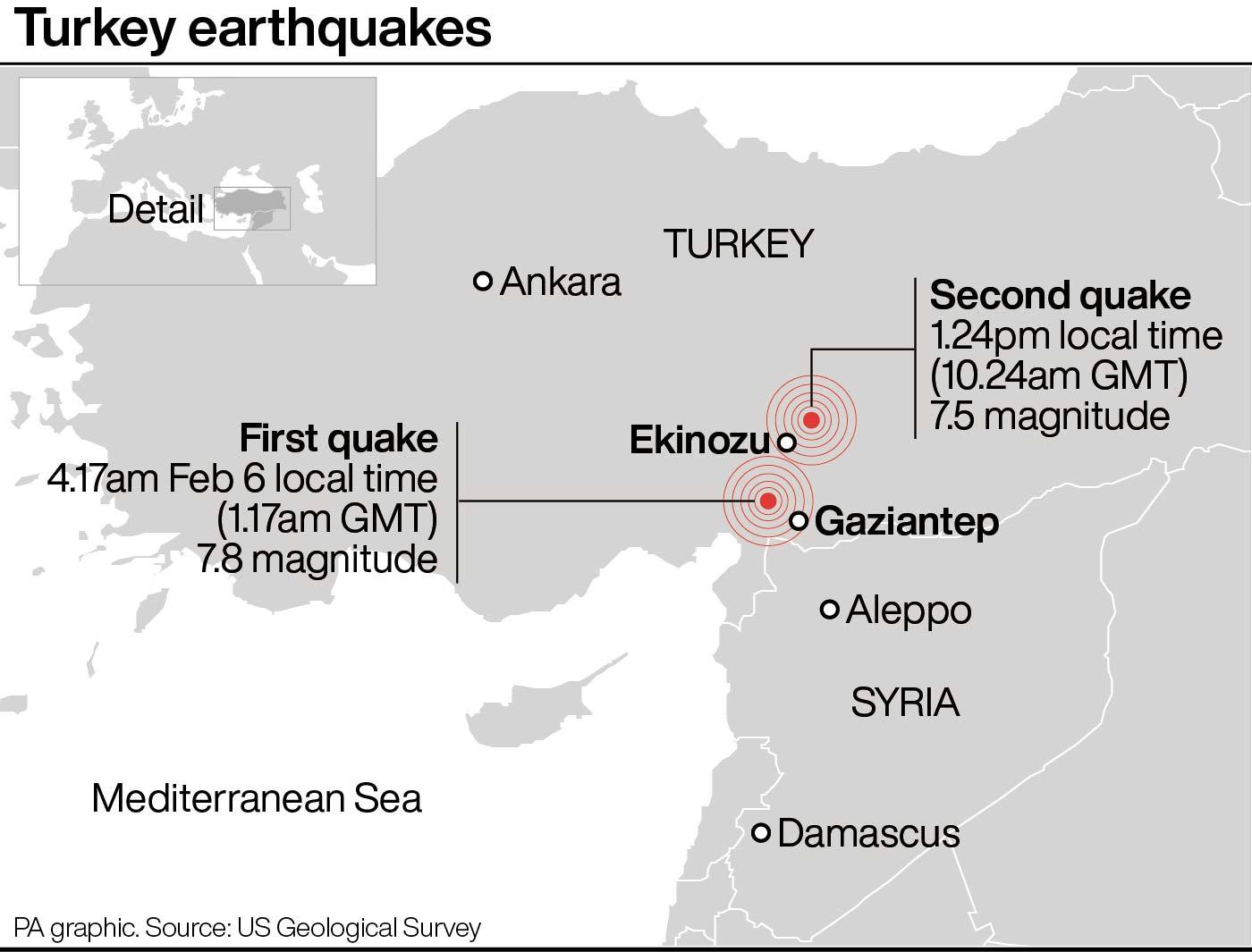 PA Media
PA MediaA rescue worker, identified only as Yasemin, told him: “I have a son just like you.
“I swear to you, I have not slept for four days. I swear I did not sleep; I was trying to get you out.”
Dramatic rescues were reported elsewhere, including in the city of Antakya, where crews saved a ten-year-old girl overnight and on Friday.
Elsewhere, in the Turkish city of Diyarbakir, a woman was rescued and rescuers were still trying to reach her child.
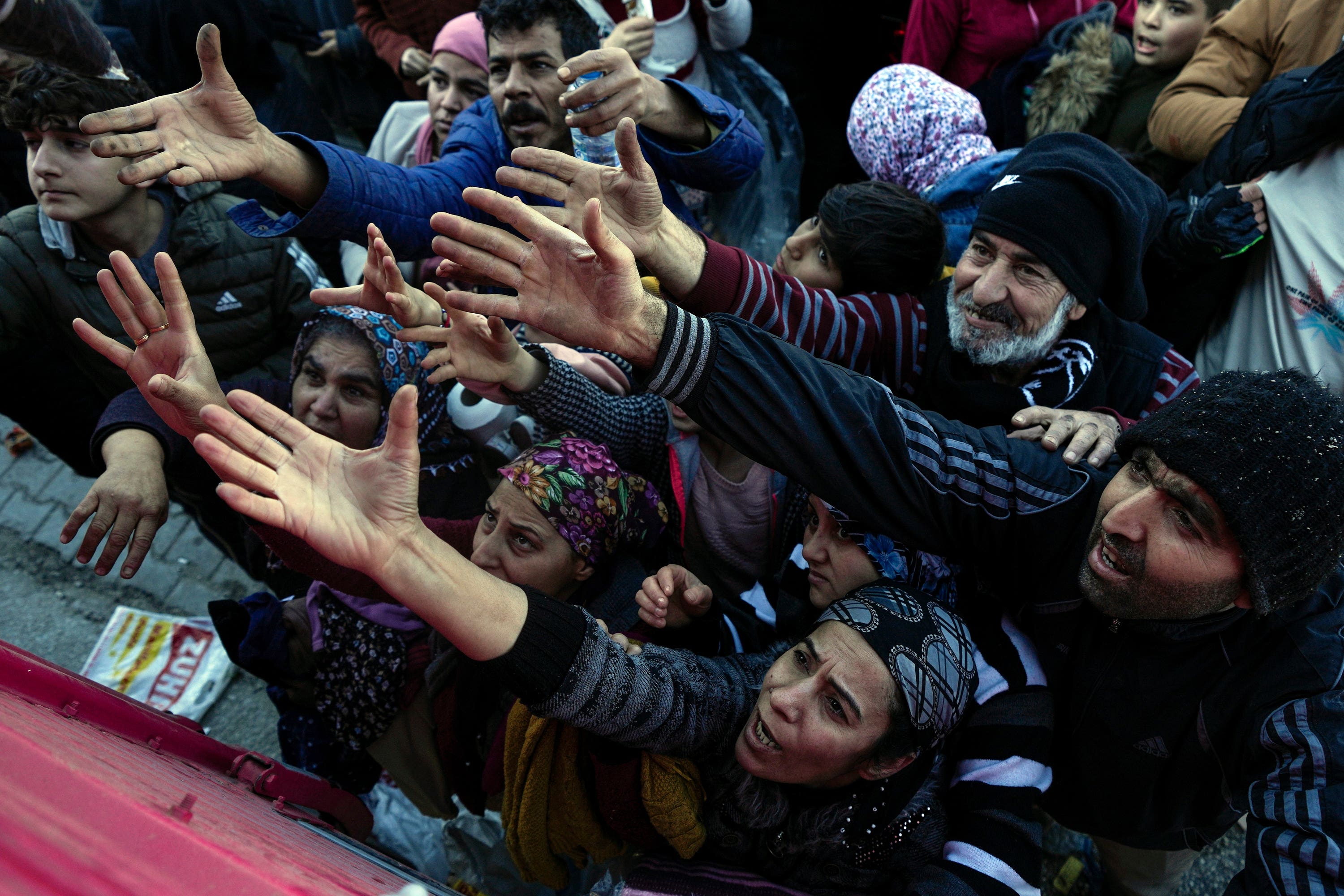 PA Media
PA MediaTurkish President Recep Tayyip Erdogan has called the quake “the disaster of the century”.
The death toll eclipses the more than 18,400 who died in the 2011 earthquake off Fukushima, Japan, that triggered a tsunami and the estimated 18,000 people who died in a tremor near Istanbul in 1999.
The new figure, which is certain to rise, included more than 17,600 people in Turkey and more than 3,300 in civil war-torn Syria.
Tens of thousands were also injured and many tens of thousands have been left homeless.
Aerial footage revealed the scope of devastation, with entire neighbourhoods of high-rises reduced to twisted metal, pulverised concrete and exposed wires.
Even though experts say trapped people could survive for a week or more, the chances of finding survivors in the freezing temperatures are dimming.
As emergency crews and panicked relatives dug through the rubble – and occasionally found people alive – the focus began to shift to demolishing dangerously unstable structures.
In Kahramanmaras, the city closest to the epicentre, a sports hall the size of a basketball court served as a makeshift morgue to accommodate and identify bodies.
Workers continued rescue operations in Kahramanmaras, but it was clear that many who were trapped in collapsed buildings had already died.
One rescue worker was heard saying that his psychological state was declining and that the smell of death was becoming too much to bear.
In north-western Syria, the first UN aid trucks since the quake to enter the rebel-controlled area from Turkey arrived on Thursday, underlining the difficulty of getting help to people there.
Meanwhile, Syrian President Bashar Assad made his first public appearance on Friday in an earthquake-devastated area of the country since the disaster.
Assad and his wife, Asmaa, visited wounded patients at the Aleppo University Hospital, Syrian state media said.
Aleppo is Syria’s second city, already scarred by years of heavy bombardment and shelling, and was among the most devastated cities by the February 6 earthquake.
In the Turkish city of Antakya, dozens scrambled for aid in front of a truck distributing children’s coats and other supplies. One survivor, Ahmet Tokgoz, called for the government to evacuate people from the region.
Many of those who have lost their homes found shelter in tents, stadiums and other temporary accommodation, but others have slept outdoors.
“Especially in this cold, it is not possible to live here,” he said. “If people haven’t died from being stuck under the rubble, they’ll die from the cold.”
The winter weather and damage to roads and airports have hampered the response. Some in Turkey have complained that the government was slow to respond — a perception that could hurt Erdogan at a time when he faces a tough battle for re-election in May.
Erdogan has been visiting affected cities over the last two days.
Turkey’s disaster-management agency said more than 110,000 rescue personnel were now taking part in the effort and more than 5,500 vehicles, including tractors, cranes, bulldozers and excavators had been shipped.
The foreign ministry said 95 countries have offered help.
Follow STV News on WhatsApp
Scan the QR code on your mobile device for all the latest news from around the country


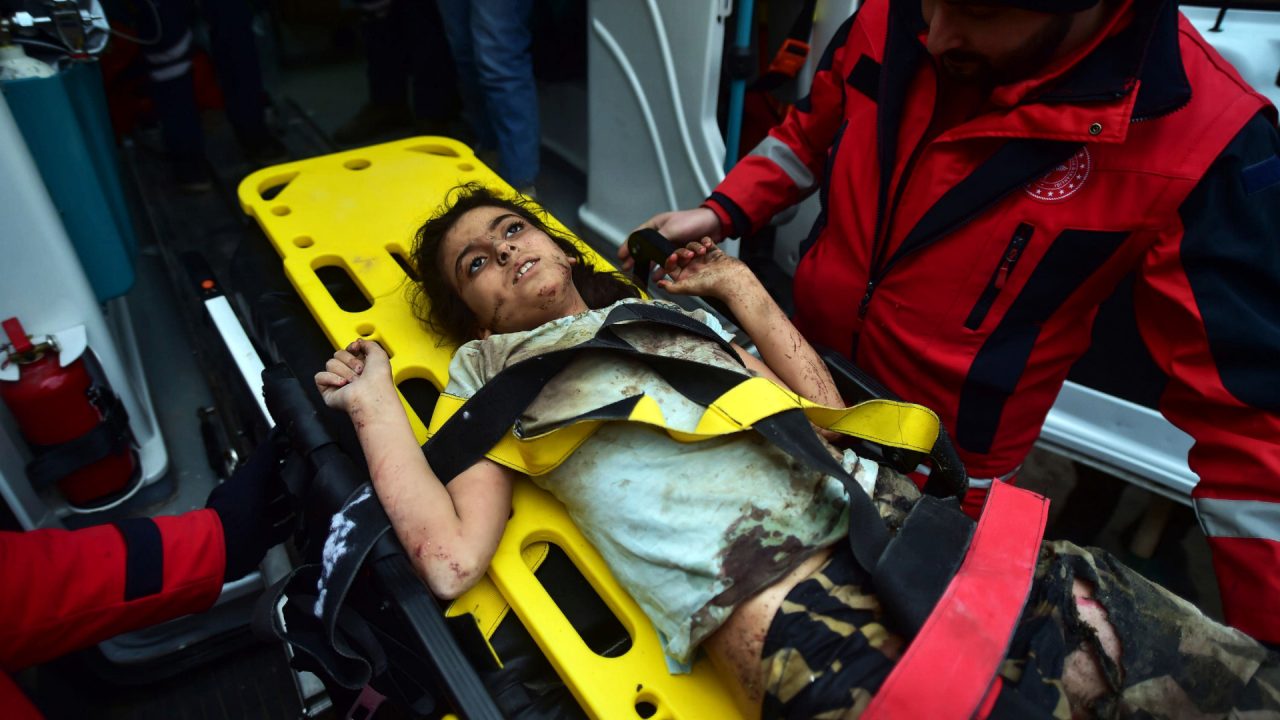 PA Media
PA Media

